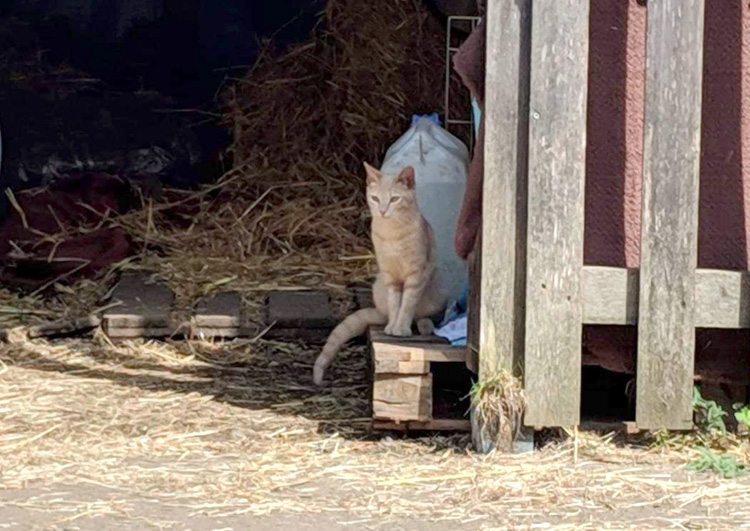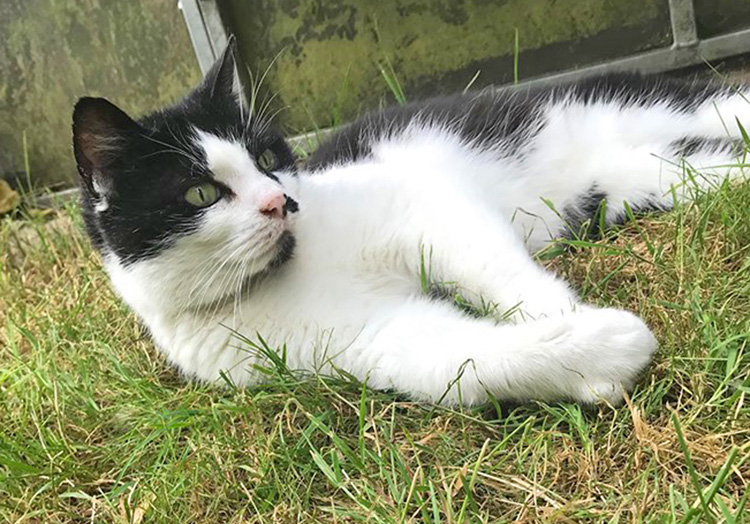New cat
How to set up your home to help your new cat settle in quickly
Cats, Adopters, Cat behaviour, Kitten

These very independent cats will have an out-building as a base for shelter and regular food, spending most of their time exploring their countryside territory. They will not want to interact with people but may venture close by especially as they get older
» Jump to adopting free-roaming cats
These suburban cats have no formal owner, being fed by several households in their territory. Their temperament can range from wary to quite friendly, but always on their terms. They have the potential to become pet cats, given gentle socialisation, especially as they get older.
» Jump to adopting community cats

A secure outbuilding, shed or barn with plenty of safe surrounding countryside. This will initially be fully secure from escape for the first 2-3 weeks but after this the cat will use this as a base so will always need access either with an open door or cat flap.
TIP: If you already have a cat flap then block it for the initial period. Just locking it will not suffice as they will bust it open if daylight can be seen.
Inside must be hazard-free and with these resources:
Once you have these resources in place, don't move them around. If you really need to, add in a second set for a few weeks, then take away the old one.
Not sure you have the right space? Please apply and send photos in, and we can advise.
Your cat will need to have food and water provided every day. If you are hoping that they will catch mice and rats, they will continue to do this even if well fed as the hunting instinct is very strong.
Always go into the barn area at the same times each day and, before you enter, knock on the door so the cat has a chance to hide. The routine will be very reassuring to the cats so they can relax in between visits. Once free-roaming, you may even see them nearby at these regular feeding times.
Flea and worm treatment can be given in the food. You can buy these from online pet drug companies – we can let you know a few ones to try.

An outbuilding or conservatory close to the house, this can be in a suburban or countryside area - a converted shed, summerhouse or garage can all work well. This will initially need to be fully secure from escape for the first 2-3 weeks; after this the cat will use this as a base so will always need access. A cat flap or some sort of access to the house will also be needed to encourage their sociability.
Inside must be hazard-free and have these resources:
You should also provide these resources inside your house near to their entry point, to encourage sociability. Once you have the resources in place, do not move them around, but if you need to move them add a second resource and remove the old one after a few weeks.
Not sure you have the right space? Please complete an adoption application and send photos in - we'll be able to advise.
Your cat will need to have food and water provided every day.
Always go into their shed/summerhouse area at the same times each day and, before you enter, knock on the door so the cat has a chance to hide. The routine will be very reassuring to the cats so they can relax in between visits.
As these cats have the potential to be more sociable with people, you should also spend time with them in this room.
» Find out how to make friends with a nervous cat
Flea and worm treatment can be given in their food. You can buy these from online pet drug companies – we can let you know a few ones to try.